“In every walk with nature, one receives far more than one seeks. But when you walk alone, you discover not just the wilderness around you, but the wilderness within.”
Solo Travel | Hiking Tips | Self-Discovery | Appalachian Trail | Spring Hiking | Independent Travel | Personal Growth | REI Adventures | Benefits of Solo Hiking | Hiking Trails Near Me
The Call of the Trail
There's something magical about setting out on a hiking trail with nothing but your thoughts and the rhythm of your footsteps. Solo hiking isn't just about physical exercise—it's a journey into self-discovery, mental clarity, and profound connection with the natural world.
When you hike alone, every decision is yours. The pace, the route, the stops for photos or contemplation—all flow naturally from your own desires and energy levels. This freedom creates space for authentic experiences that group dynamics often overshadow.
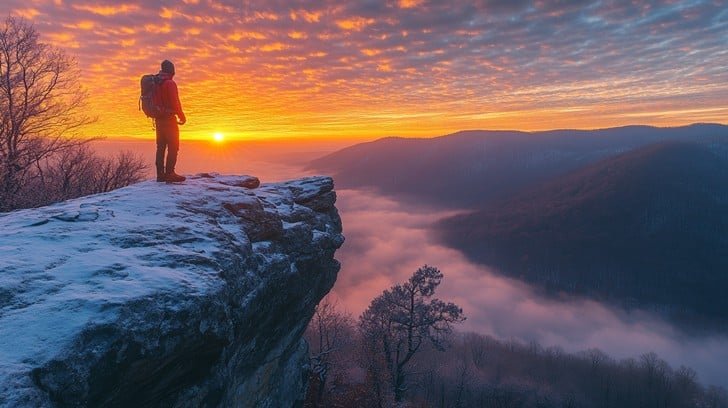
Benefits of Solo Hiking
Solo hiking offers unique advantages that transform your outdoor experience and your relationship with yourself. The silence of the wilderness becomes a canvas for introspection, allowing thoughts to flow freely without the need for conversation or consensus.
Physical benefits include developing stronger self-reliance skills, improving navigation abilities, and building confidence in your capabilities. Mentally, solo hiking reduces stress, enhances creativity, and provides the mental space to process life's complexities.
Many solo hikers report experiencing a heightened awareness of their surroundings, noticing wildlife, plant life, and natural phenomena that might go unobserved in group settings. This deeper connection with nature often leads to a greater appreciation for environmental conservation.
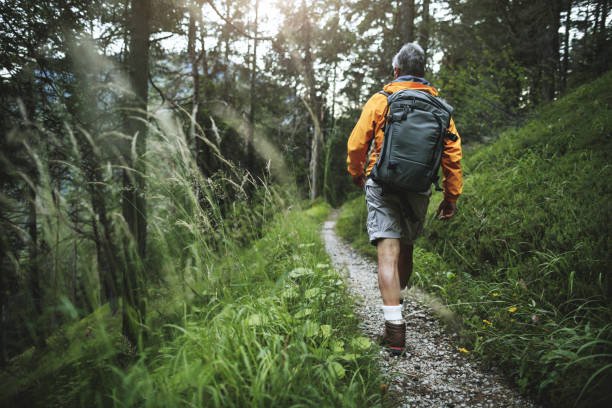
The independent travel aspect of solo hiking builds character in ways that group activities simply cannot. You learn to trust your instincts, make quick decisions, and rely entirely on your preparation and skills. These lessons extend far beyond the trail, influencing how you approach challenges in daily life.
“The mountains are calling, and when you answer alone, you hear not just their voice, but your own.”
Essential Tips for Solo Hikers
Plan and Prepare
Research your trail thoroughly, check weather conditions, and inform someone of your hiking plans. Carry a detailed map, compass, and GPS device. Plan for contingencies and know your exit strategies. The key to successful solo hiking lies in meticulous preparation that accounts for various scenarios.
Pack Smart
Carry the ten essentials: navigation, sun protection, insulation, illumination, first-aid supplies, fire starter, repair kit, nutrition, hydration, and emergency shelter. Pack light but don't compromise on safety. Every item in your backpack should serve a purpose.
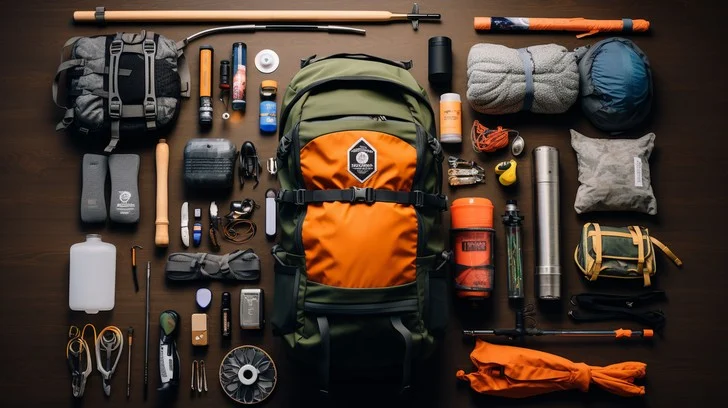
Trust Your Instincts
If something feels wrong—weather, trail conditions, or your physical state—don't hesitate to turn back. Solo hiking requires honest self-assessment and the wisdom to make conservative decisions. Your safety depends entirely on your judgment.
Start Small
Begin with shorter, well-marked trails close to civilization. Build your confidence and skills gradually before tackling more remote or challenging routes. Know your limits and respect them. Even experienced hikers should test new gear and techniques on familiar trails.
Finding Your Perfect Trail
The beauty of solo hiking lies in choosing trails that resonate with your current needs and abilities. Spring hiking trips offer blooming wildflowers and moderate temperatures, making them ideal for beginners. The changing seasons provide different experiences—from the vibrant colors of autumn to the stark beauty of winter landscapes.

Local trails provide convenient options for regular solo excursions, allowing you to develop skills close to home. Search for “hiking trails near me” to discover hidden gems in your area. Many regions offer extensive trail networks that can provide years of solo exploration without repeating routes.
For those seeking transformative experiences, longer trails like sections of the Appalachian Trail offer extended solitude and the chance for deeper self-discovery journeys. These multi-day adventures require more preparation but provide unparalleled opportunities for personal growth. The Appalachian Trail, stretching over 2,000 miles from Georgia to Maine, offers countless opportunities for solo hikers to find their perfect section.
Consider joining organized solo hiking tours if you want the independence of solo hiking with the security of professional guidance. Companies like REI Adventures offer structured programs that balance solitude with safety support. These tours can be excellent stepping stones for those transitioning from group hiking to fully independent adventures.
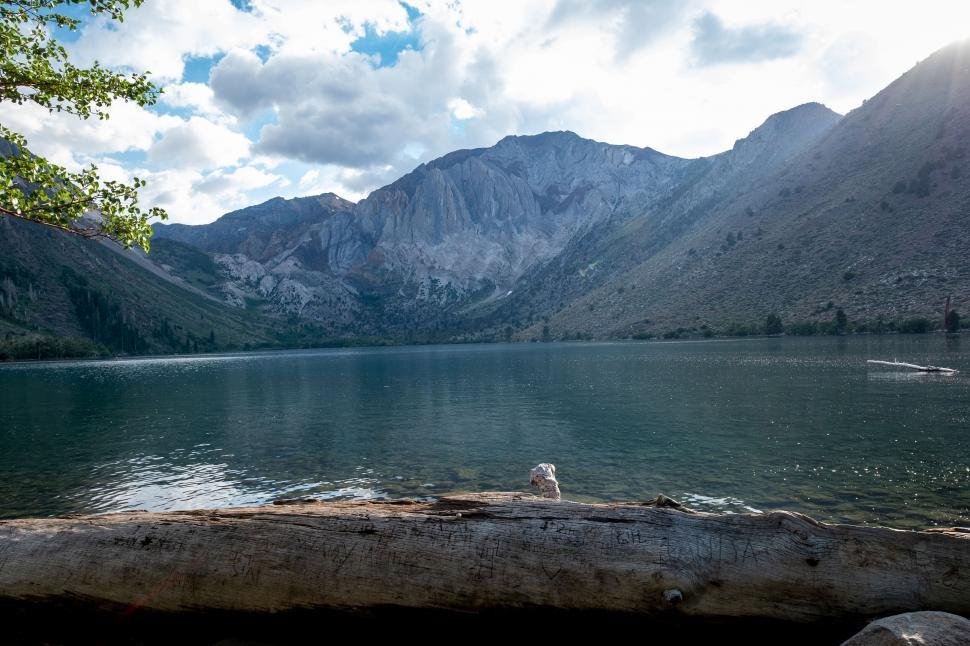
The Inner Journey
Perhaps the most profound aspect of solo hiking is the inner journey that parallels the physical one. Away from digital distractions and social obligations, you encounter thoughts and feelings that busy daily life often masks. This isn't always comfortable, but it's invariably valuable.
Many solo hikers describe experiencing moments of clarity about life decisions, relationships, and personal goals. The combination of physical exertion, natural beauty, and mental quietude creates ideal conditions for insight and perspective. These self-discovery journeys often prove more valuable than any destination you might reach.
The challenges of solo hiking—navigating difficult terrain, weather changes, or fatigue—build resilience and self-confidence that extends far beyond the trail. Each successful solo hike reinforces your capability to handle whatever life presents. The personal growth that occurs during these solitary adventures often surprises even experienced hikers.

Safety Considerations for Solo Adventures
While the benefits of solo hiking are numerous, safety must always be your top priority. Inform trusted contacts of your planned route and expected return time. Carry emergency communication devices like satellite messengers or personal locator beacons for remote areas where cell service is unavailable.
Weather awareness becomes crucial when hiking alone. Check forecasts before departing and be prepared to alter plans if conditions deteriorate. Hypothermia, dehydration, and heat exhaustion pose greater risks when you're alone, making prevention and early recognition essential skills.
Building Your Solo Hiking Community
Paradoxically, solo hiking often leads to meaningful connections with fellow outdoor enthusiasts. Trail communities, both online and offline, provide valuable resources for route recommendations, safety tips, and shared experiences. Many solo hikers maintain journals or blogs to document their adventures and inspire others.
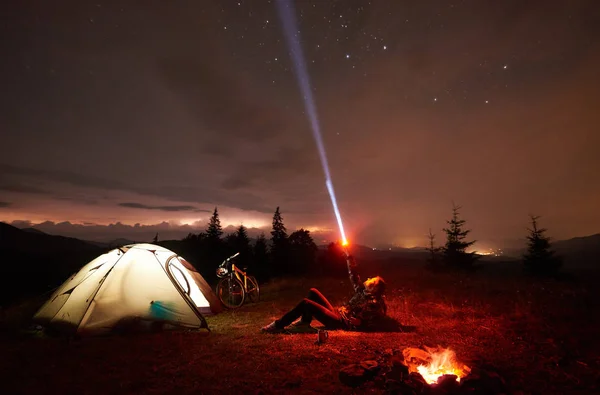
Consider participating in hiking forums, local outdoor clubs, or social media groups focused on solo adventures. These communities offer support, advice, and sometimes even informal meetups that respect individual preferences for solitude while providing safety networks.
Seasonal Solo Hiking
Each season offers unique solo hiking experiences. Spring hiking trips provide the excitement of renewal—wildflowers blooming, waterfalls at their peak flow, and moderate temperatures perfect for building fitness after winter. Summer extends daylight hours and opens high-altitude trails, though heat management becomes crucial.
Autumn hiking offers spectacular foliage and comfortable temperatures, while winter solo hiking provides stark beauty and solitude but requires advanced skills and specialized gear. Each season teaches different lessons and provides unique opportunities for reflection and growth.

The Technology Balance
Modern solo hikers must balance technology's safety benefits with the desire to disconnect. GPS devices, smartphone apps, and emergency communicators enhance safety, while fitness trackers can monitor your condition during long hikes. However, over-reliance on technology can diminish the self-reliance skills that solo hiking develops.
Learn to use traditional navigation methods alongside modern tools. Practice reading topographic maps and using a compass. These skills provide backup when batteries die and deepen your connection to the landscape in ways that following a GPS track cannot match.
Creating Your Solo Hiking Plan
Start by honestly assessing your current fitness level, hiking experience, and comfort with solitude. Choose your first solo hike carefully—familiar terrain, moderate distance, and good weather conditions set you up for success. Gradually increase difficulty and distance as your confidence grows.
Develop personal systems for gear organization, route planning, and emergency protocols. Document what works and what doesn't in a hiking journal. This personal database becomes invaluable for planning future adventures and tracking your progress as a solo hiker.

Ready to Start Your Solo Hiking Journey?
The trail is waiting, and the most important step is the first one. Whether you're seeking adventure, solitude, or self-discovery, solo hiking offers a path to all three. Begin with day hikes close to home, invest in proper gear and education, and gradually expand your comfort zone.
Remember that every expert solo hiker started with a single step onto an unknown trail. Your journey of independent travel and personal growth begins the moment you decide to embrace the solitude and discover what the wilderness—and you—have to offer.

